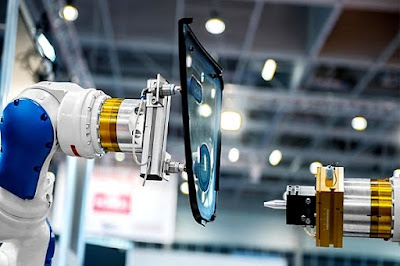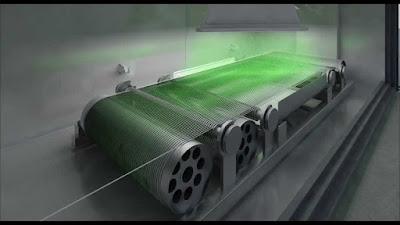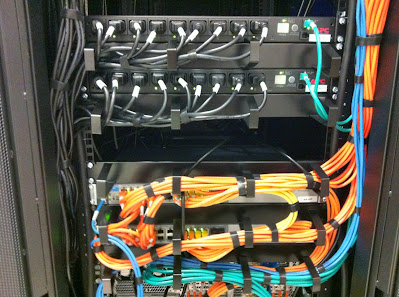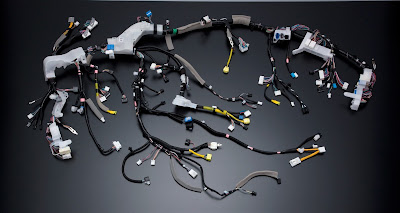Wireless charging is a reliable, convenient, and safe technology to power and charge electrical devices. In addition, it provides efficient, cost-effective, and safer advantages over the traditional charging systems by eliminating the use of physical connectors and cables. Moreover, it maintains continuous transfer of power to ensure all types of devices (handheld industrial devices, smartphones, heavy-duty equipment, and others) are charged and readily available for use.
The global wireless charging market is estimated to account for US$ 7,139 Mn in 2019 and is expected to grow at a CAGR of 33.5% during the forecasted period (2019-2027)
The Humavox Company invented a new wireless charging trend called drop & charge, in which the charge station is designated as a key or box, and the receiver must be pressed on the transmitter by an induction charging. Such features benefit the customer by improving product design, usability, and reliability. Excessive internet use causes charging issues for many smartphones and devices, which can be remedied by employing a fast-wireless RF energy base charger. The growing demand for efficient charging systems is projected to fuel the growth of the wireless charging market significantly.
Many wireless charging appliances employ induction technology, which consists of two basic induction coils, one at the charging base, which is responsible for producing an alternating current from the base, and the other at the portable device. These coils are in the shape of a pad and are attached to smartphones. This can take the form of a built-in charging coil that connects to a charging socket, which together create an electrical transformer. For the proper operation of the inductive power transmission, the magnetic coupling phenomenon is used, which is turned into electrical current by the transmitter and receiver coils, respectively.































